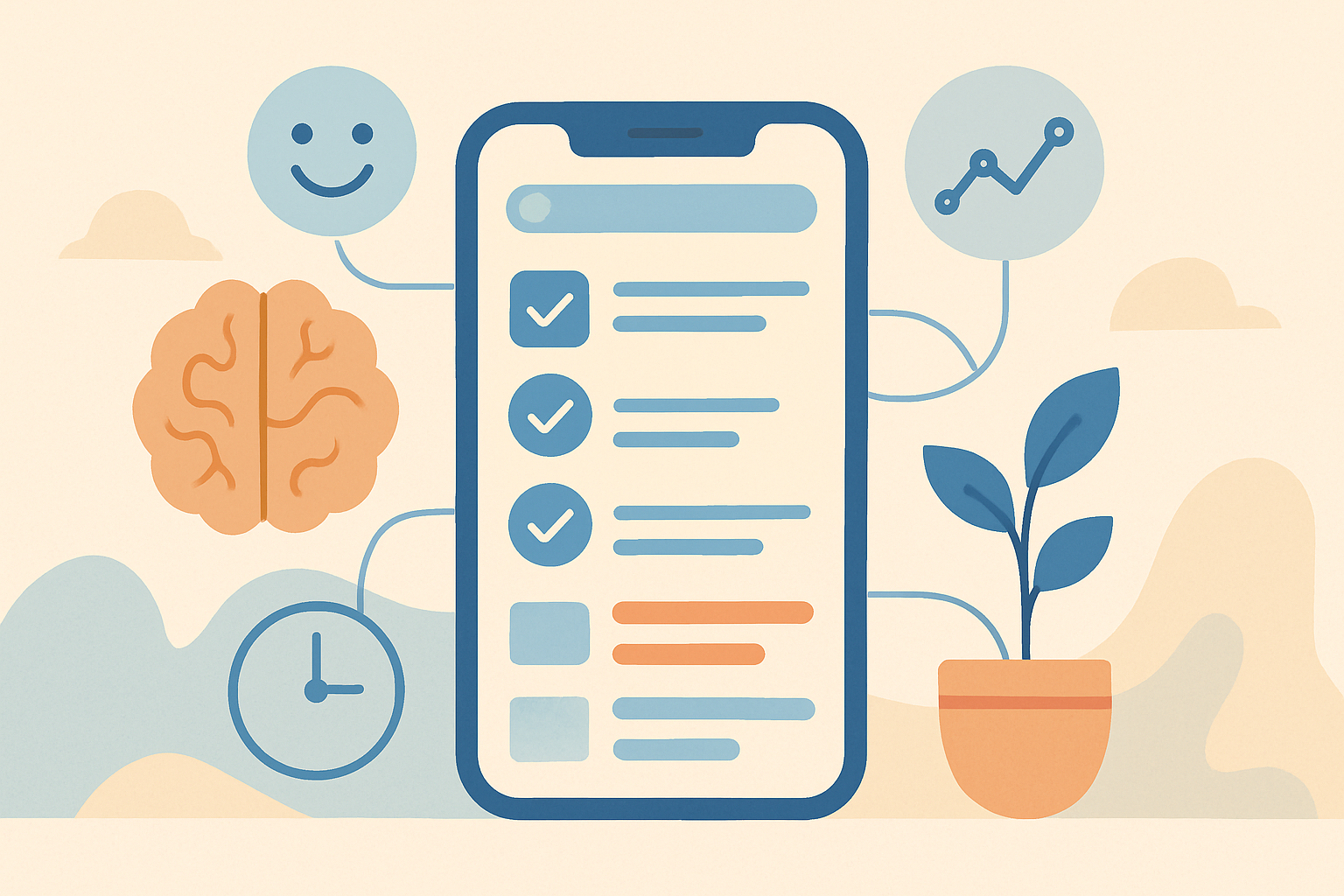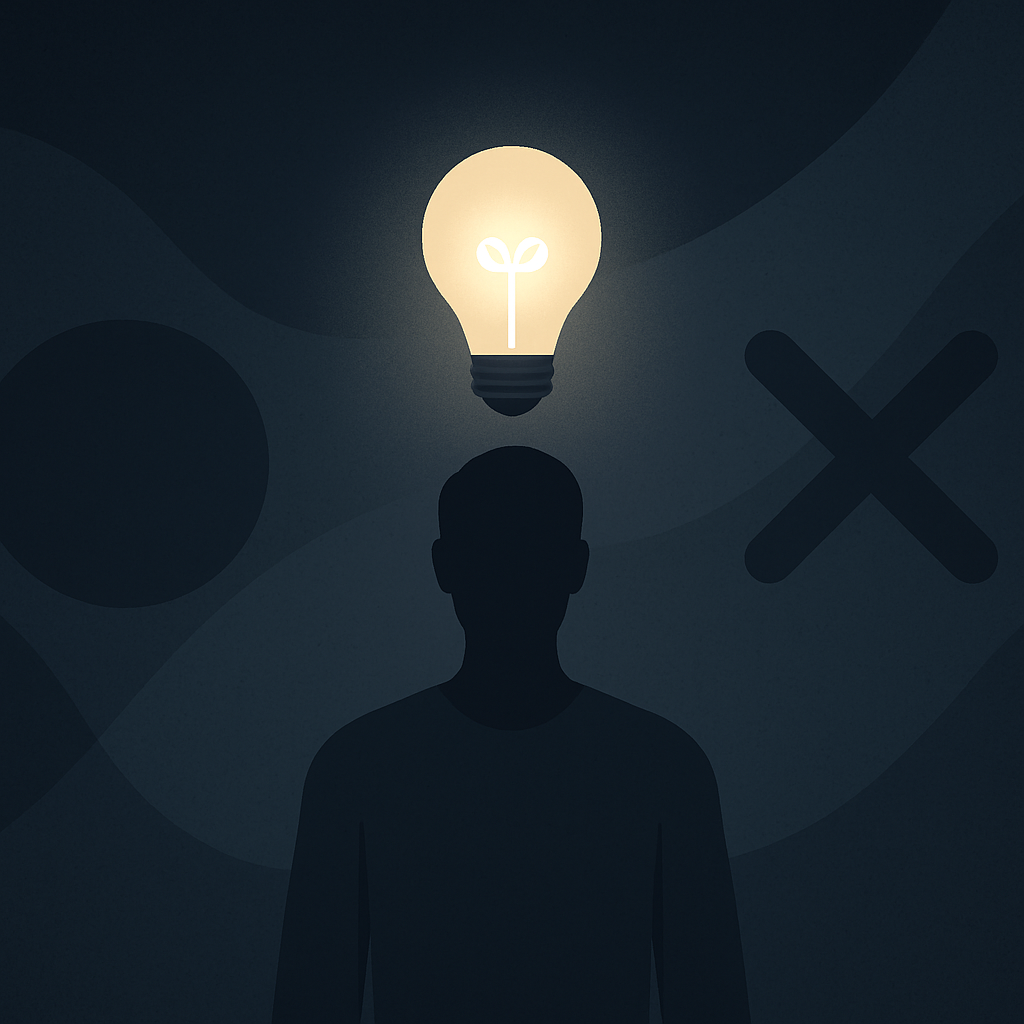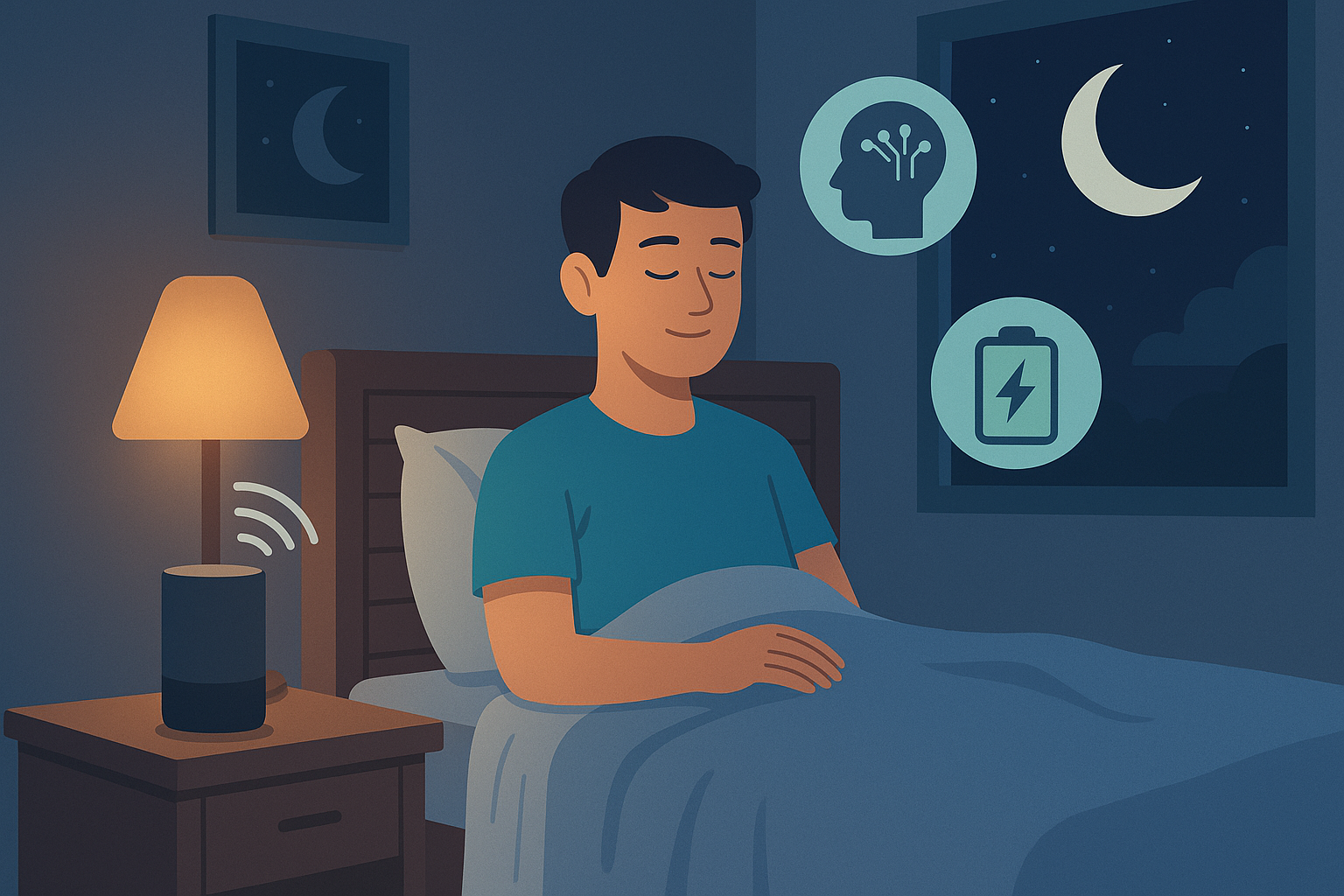AI Productivity Tools isn’t about doing more — it’s about doing better.
In 2025, artificial intelligence has evolved beyond simple task automation. It’s now the architect of entire workflows — connecting tools, predicting needs, and adapting to how we actually work.
This new era is defined by AI productivity tools — systems that combine automation, analytics, and intelligence to simplify complexity and supercharge creativity.
Whether you’re a solo creator, startup founder, or part of a distributed team, the right AI stack can cut your digital workload in half and amplify output exponentially.

Why AI Productivity Tools Matter in 2025
AI is now a daily co-worker — invisible, precise, and increasingly autonomous.
Instead of replacing creativity, it eliminates the friction between ideas and execution.
From writing and planning to project management and customer support, AI productivity tools automate repetitive steps, synchronize your systems, and free you to focus on what really matters: thinking, creating, and scaling.
The new question isn’t “Can AI help me work faster?”
It’s “How intelligently can my workflow adapt to me?”
Core Benefits of Modern AI Productivity Tools
- Cognitive Automation: AI handles reasoning tasks like summarizing, drafting, or prioritizing.
- Adaptive Scheduling: Tools analyze your focus patterns to schedule deep work blocks automatically.
- Workflow Integration: AI connects your apps — Notion, Slack, Google Workspace, Zapier — into one intelligent network.
- Predictive Assistance: AI anticipates your next action, offering resources before you need them.
- Scalability: Workflows can evolve dynamically as your business or projects grow.
AI productivity tools don’t just execute commands — they think in systems.
Best AI Productivity Tools for 2025
| Tool | Primary Function | Ideal For | Key Feature |
|---|---|---|---|
| Reclaim AI | Smart calendar and time blocking | Professionals & teams | Adaptive scheduling and meeting control |
| Notion AI | Knowledge management and idea drafting | Creators & writers | Contextual task summarization |
| Motion | Automated workflow and task orchestration | Project managers | Real-time calendar optimization |
| ClickUp AI | Team collaboration and automation | Companies | Task writing, reports, and meeting recaps |
| Perplexity AI | Research and information retrieval | Analysts & researchers | Conversational web intelligence |
| Zapier + AI | Workflow automation | Entrepreneurs | Smart triggers between apps |
| Mindsera | Reflective journaling and productivity tracking | Knowledge workers | Emotional and cognitive insights |
Each of these AI productivity tools solves a different layer of work friction — from chaos to clarity, from manual to meaningful.
Example: Building an AI Workflow for a Solo Founder
Let’s imagine a solo founder managing multiple responsibilities — content creation, project updates, and client meetings.
Here’s how an AI-powered workflow might look:
- Morning: Reclaim AI optimizes your calendar automatically, grouping meetings and deep work sessions to avoid fatigue.
- Work Sessions: Notion AI summarizes project notes and generates blog outlines from raw ideas.
- Midday: Motion detects task overload and redistributes items across the week.
- Afternoon: ClickUp AI creates summaries of client conversations and assigns next steps automatically.
- Evening: Mindsera reflects on your tone and workload, suggesting ways to close the day mentally clear.
In less than a week, this integrated workflow transforms chaos into structure — without sacrificing flexibility.
How AI Productivity Tools Learn and Adapt
AI tools learn through pattern recognition.
By observing your interactions — what you prioritize, postpone, or delete — they build behavioral models that refine how they assist you.
This process turns your workspace into a living ecosystem of productivity, where AI doesn’t just follow orders but understands your working rhythm.
For example:
- Motion learns when you prefer focused work vs. collaboration.
- Notion AI adapts writing tone based on your previous documents.
- Reclaim AI protects high-energy periods by blocking low-priority events.
This constant optimization creates the foundation for true AI-assisted time intelligence — productivity that grows smarter, not heavier.
AI Tools for Deep Work and Cognitive Flow
Modern productivity isn’t only about task management — it’s about protecting focus.
Some AI productivity tools specialize in maintaining mental flow by reducing distractions and managing cognitive energy.
Example:
- Brain.fm uses adaptive sound algorithms to align neural rhythms with task intensity.
- Reclaim AI coordinates your time zones, ensuring uninterrupted deep work periods.
- Mindsera provides mindfulness feedback through language sentiment analysis, detecting emotional fatigue before burnout occurs.
The result is not just higher efficiency — it’s psychological sustainability.
Table: Building Your 2025 AI Workflow Stack
| Workflow Layer | Goal | Recommended AI Tool |
|---|---|---|
| Organization | Structure tasks & goals | Notion AI / ClickUp AI |
| Scheduling | Automate time & meetings | Reclaim AI / Motion |
| Automation | Link tools & apps | Zapier + AI |
| Focus | Maintain attention | Brain.fm / Reclaim AI |
| Reflection | Track progress & clarity | Mindsera |
Together, these layers form a complete AI ecosystem — one that evolves with you, not against you.
The Future of AI Productivity Tools
By 2025, AI systems will transition from assistants to coordinators — managing entire workflows across multiple platforms automatically.
Imagine:
- Your email assistant triages messages and schedules replies based on urgency.
- Your AI calendar negotiates meeting times autonomously.
- Your document editor drafts entire proposals in your voice and format.
This is predictive productivity, where the system doesn’t just respond — it initiates.
The next step? Integration with cognitive metrics.
AI tools will soon measure attention, fatigue, and emotional tone to adjust workloads dynamically — blending human psychology with digital intelligence.
Why the Human Element Still Matters
Despite automation, creativity remains irreplaceable.
AI productivity tools amplify human capability, but the spark — the insight, empathy, and intuition — is still uniquely human.
The goal of these tools is not to work for you, but to work with you — creating harmony between logic and imagination.
As we enter 2025, productivity is no longer a race against time.
It’s a dialogue with intelligence.
Conclusion
AI productivity tools are the quiet revolution of the modern workspace.
They reduce friction, automate complexity, and return time to what truly matters — creation, reflection, and growth.
The future of work won’t belong to those who do the most.
It will belong to those who design the smartest systems.
In 2025, intelligence is not just artificial — it’s collaborative.
Further Reading & Related Insights
Internal link:
- Digital Wellness Redefined: The AI Approach — Learn how AI enhances mental clarity, emotional awareness, and work-life balance.
External links:
Blog
This section provides an overview of the blog, showcasing a variety of articles, insights, and resources to inform and inspire readers.
-

AI Habit Tracking and the New Rhythm of Modern Self-Improvement
AI Habit Tracking. Progress used to depend on discipline. Now, it depends on data.…
-

AI Decision Making and the New Discipline of Intentional Living
AI Decision Making. Every “yes” has a cost. Every time you agree to something…
-

The Perfect AI Night Routine to Sleep Better and Think Smarter
AI Night Routine. Your morning doesn’t begin when you wake up — it begins…
